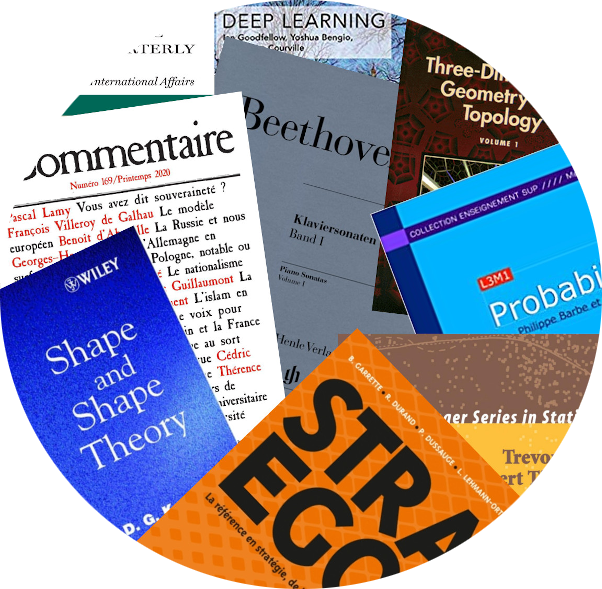 Philippe Barbe
Philippe Barbe

|
Global brands in a hyper fragmented landscapeby Philippe Barbe
16 Dec 2020
|
Part 6 of 20 in a series examining the interplay of Data Science, AI, the media and advertising.
In the preceding articles in this series, we saw how the challenge of fragmentation in the media and advertising ecosystem requires Data Science and AI solutions.
Scale
Because all large corporations do business around the world they need a global vision of their consumers and how to reach them.
If you thought the explosion of media outlets available to advertisers in the US outlined in Part 5 was impressive, consider these global numbers:
- 33,000 broadcast television stations;
- 48M hours of original television programming produced every year;
- 44,000 radio stations;
- an unknown number of newspapers, but
- more than 100,000 publications registered as newspapers in India, with a total daily circulation exceeding 50M; and yes, printed newspapers are booming in India, with advertising revenue growing
- more than 2,000 dailies in China, with a circulation of 50M
- 0.5 billions of copies of newspapers sold every day
- 5,000 movies produced each year, gathering more than 6B viewers in more than 100,000 movie theaters.
User experience
How can a global brand run a global ad campaign efficiently using non-digital media?
It can’t!
How can a global brand be even aware of tiny newspapers, tiny radio, which could be part of their marketing mix and allow them to reach effectively their audience?
It can’t!
There simply is nowhere an advertiser can go to design, orchestrate, manage, track, and pay for a non-digital advertising campaign on that scale.
Even for a more localized campaign there is currently no system that can compete with the user experience provided by digital advertising platforms because:
- the required information is not available in a centralized location,
- the algorithms needed for all the optimizations involved, while existing on paper, have not been implemented in the needed data context,
- the integration of the disparate IT systems supporting the many corporations involved has not been realized;
- the reporting systems to track campaign progress and effectiveness have not been built.
The giant tech-media companies are so successful because of the global scale of the audience they reach and the user experience they provide for advertisers.
Still, some very large markets like China, remain either out of reach due to regulation, or their growth has been limited by a combination of competition and policy.
Although, as discussed in Part 5, the legal landscape is shifting toward reducing the competitive advantage of the big technology companies, traditional media will not be able to monetize their audience properly until the space or air time that they sell to advertisers (their inventory) is made available in “Smart Decision Systems” that can operate effectively in the extremely fragmented world of traditional media.
Consider the failure of Google who attempted to sell airtime on TV and radio in the early 2000s in the US. Although well designed for advertisers, the platform was not well designed for media operators who were rightly afraid to lose control of their revenues. The US is just microcosm of the global market, a hyper-concentrated digital space with a totally shattered traditional media space.
If the edited media industry is to survive and thrive it will need more than legislative changes that reduce the competitive advantages of the digital media. The edited media will have to make themselves easier for advertisers to do business with.
In subsequent articles we will examine a possible option for them to do just that.